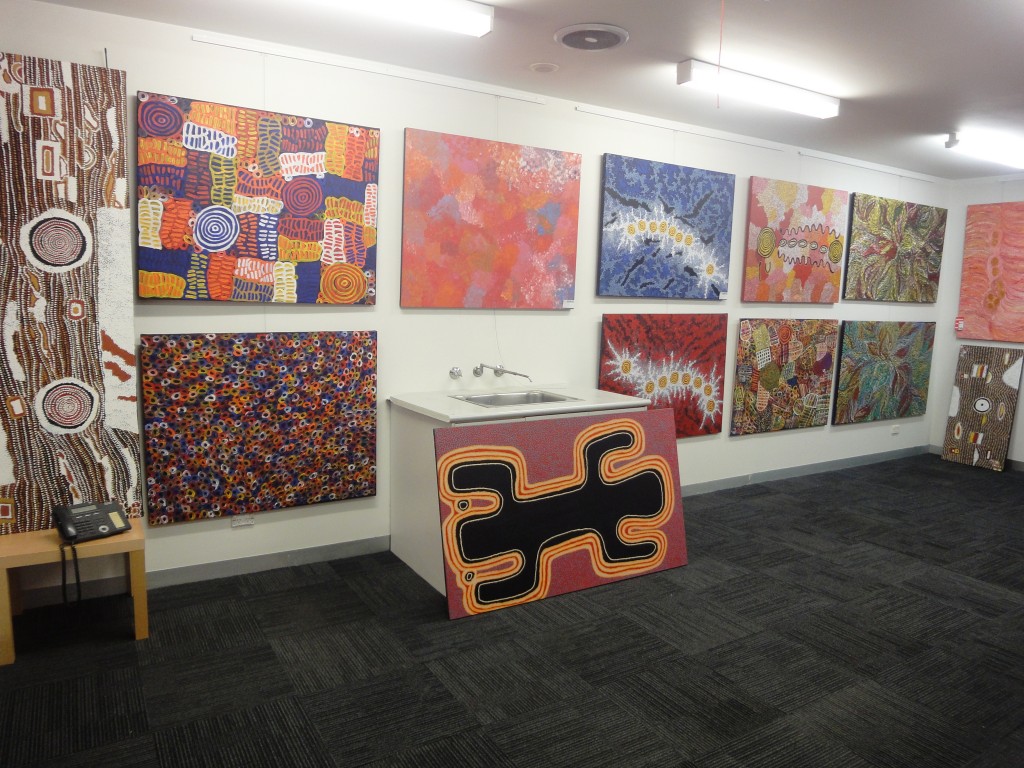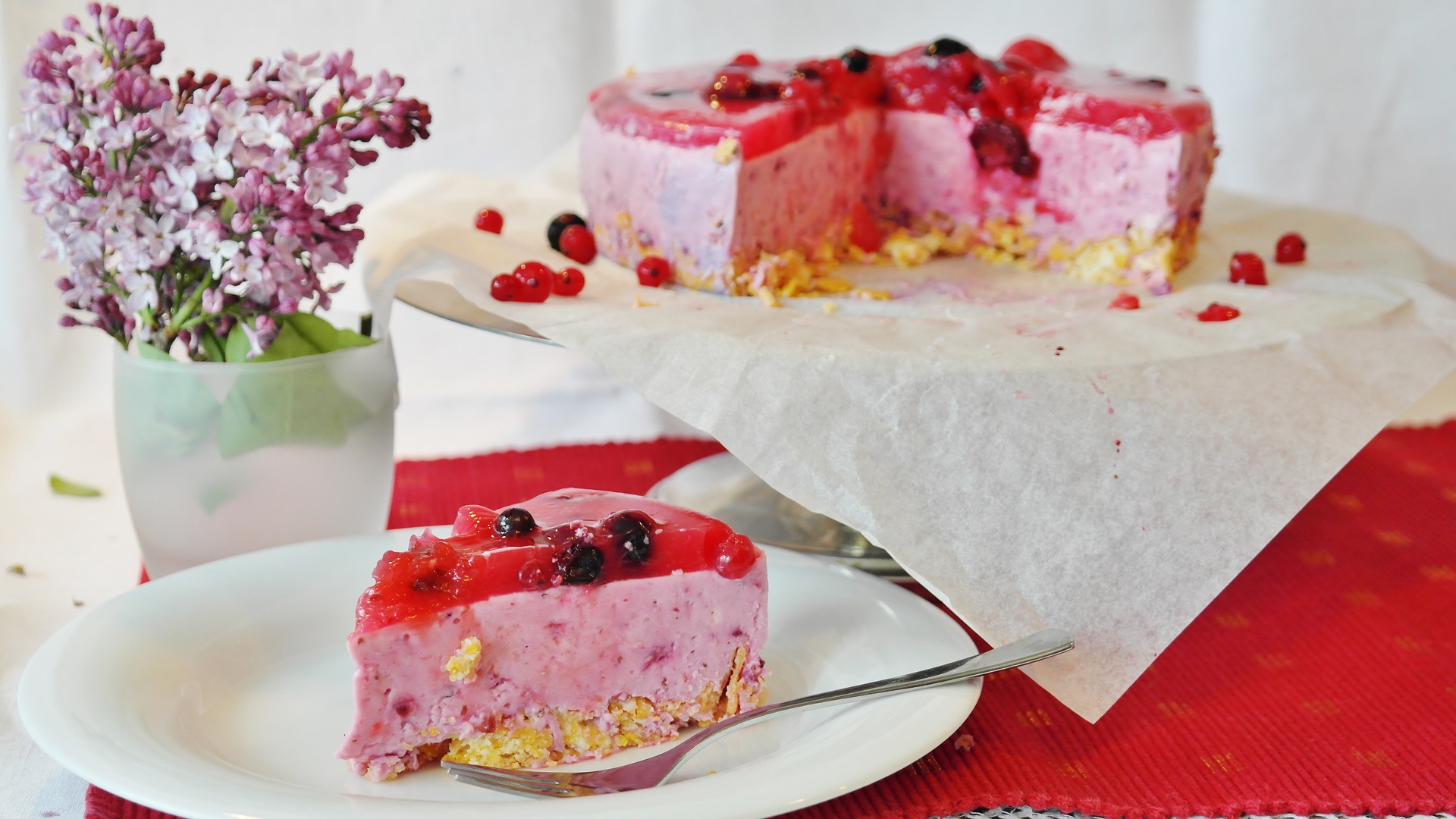Aboriginal art in Australia is typically sourced from central Australia within the Western and Central Deserts and the Kimberley region. This type of art is part of the oldest and continuous living culture in the world. Australian Aborigines settled on the continent of Australia around 70,000 years ago. The evidence of early renderings is found in rock art, which dates back about 20,000 years so far. Archaeologists have also dated ancient sites back 50,000 years.
Modern Aboriginal art was first begun at Papunya, a desert community, in 1971. At that time, senior desert men started to paint cultural expressions using contemporary materials. The elders opened up their cultural knowledge after a school teacher, Geoffrey Bardon, requested that schoolchildren use paint as a medium to tell their own stories.
How the Artwork Is Conveyed
Therefore, Aboriginal art is based on the creative expression of storytelling, and uses this alternate technique of “writing down” stories that are culturally significant. The art also transmits knowledge of such topics as land management and survival. The tradition of making drawings in sand is a teaching technique that features the use of symbols to show meaning, even over a vast range of language groupings. In essence, symbology and storytelling both form the basis for this modern art style.
As a result, Aboriginal artists inherit their rights to paint culturally significant stories. Artists who paint the stories are relating information that is passed down generational lines. Therefore, the stories for the art are organised within groups of families.
Where to View the Artwork
At the heart of the Aboriginal artwork seen at such galleries as the Mandel Art Gallery is the Creation law, which is established in the Dreaming. This occurrence has provided the identity for the Aboriginal people and their link to their native land. Dreamtime is one of the translations of the Creation time for Australia’s Aborigines. In fact, many Aboriginal artists paint certain aspects of the Dreaming, which also forms part of their identity and inheritance.
Because Aboriginal artwork is characteristically regional in style, different areas inside the various traditional languages approach the artwork in unique and varied ways. Therefore, modern Aboriginal art can be easily identified for its community origin. For instance, dot painting is specific to the Western and Central desert areas whilst rarrk design, x-ray paintings, and cross-hatching originate from Arnhem Land. The Kimberley coast features artwork that depicts Wandjina spirit beings. A liking for ochre paints is denoted in Arnhem Land as well as the eastern part of Kimberley.
Aboriginal Colours
The colours for Aboriginal artwork were once sourced from local materials, including iron clay and ochre. These pigments were used to create red, white, and yellow, whilst charcoal was used for black. When the contemporary desert art movement started, the four aforementioned colours comprised the basis of the Aboriginal artists’ colour palette. All the colours refer back to the traditional roles of using art in ceremonies including sand painting, body painting, teaching, and storytelling.
To truly appreciate Aboriginal art, you have to view it at an online gallery. Supporting the artwork has an indirect influence in supporting the culture and language of Aboriginal families.





